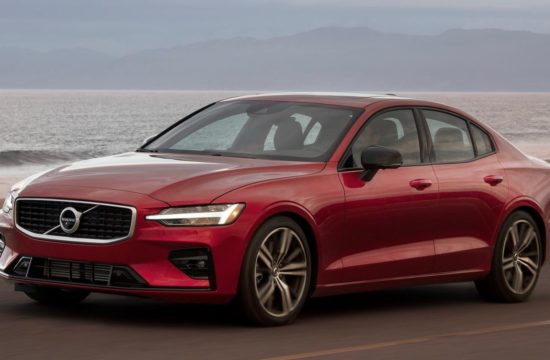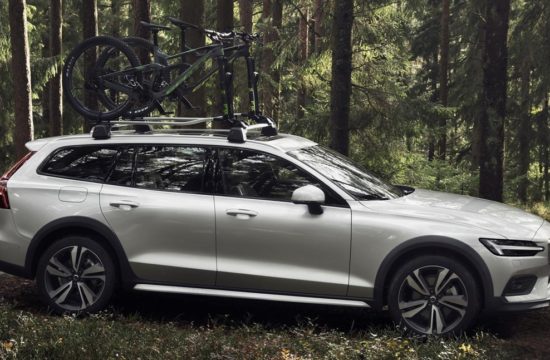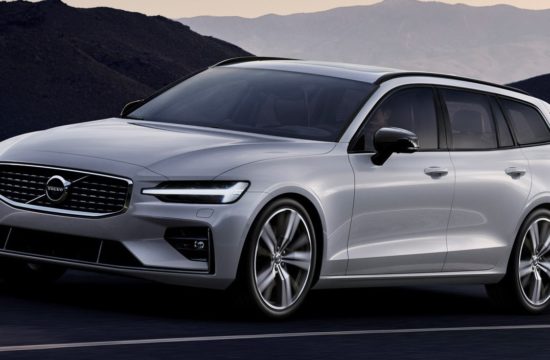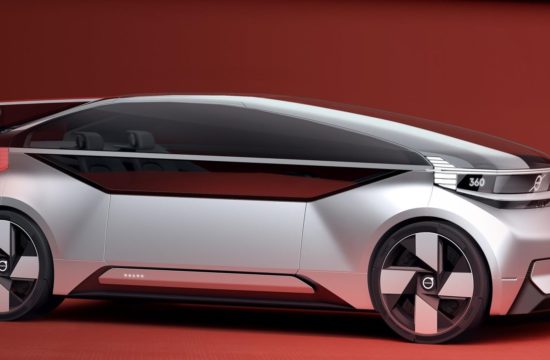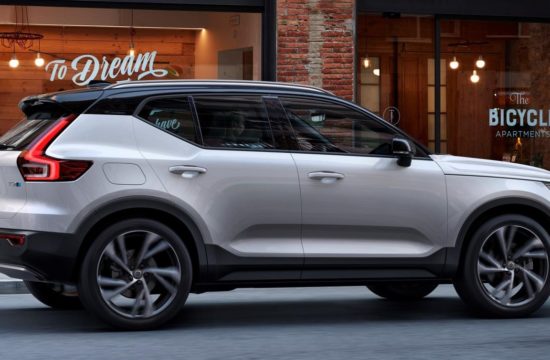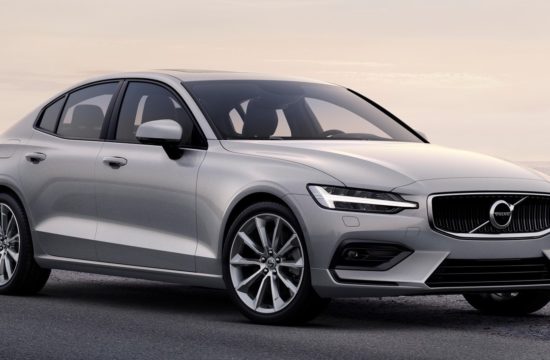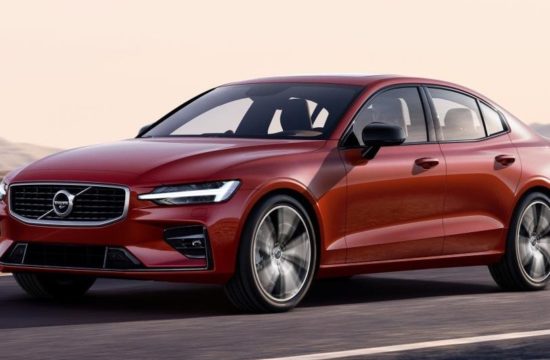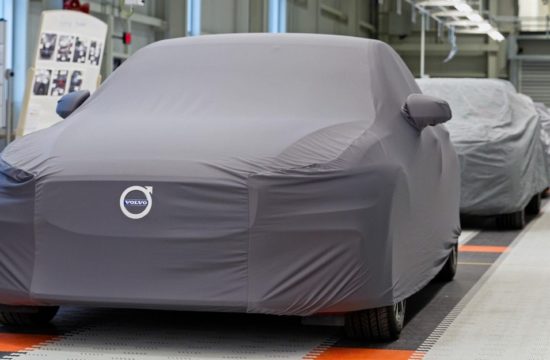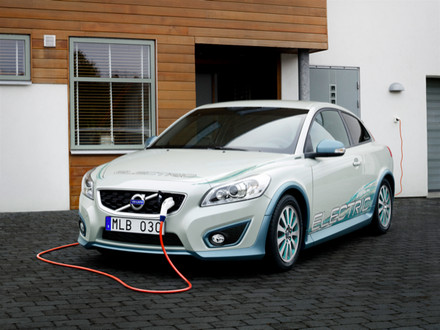
Volvo is looking at the Range Extenders as the backbone for their electrification strategy, to increase the range of electric vehicles.
In its fully electric, zero emission mode, an EV can cover a very limited range before running out of juice. But with the help of a range extender engine, which is usually a small internal combustion engine that acts as a generator charging the batteries, Volvo is thinking of a range of 1000km with the batteries charged and a full tank of fuel. That is similar to the system Chevrolet Volt uses.
The company’s technological developments in this area currently encompass three different technology combinations, with three-cylinder petrol engines being installed to complement electric drive to the front wheels. All the variants feature brake energy regeneration. The engines can run on both petrol and ethanol (E85).
Like so they eliminate range anxiety and manage to keep the emissions below 50 g/km, which is next to nothing compared to conventional cars.
Technical concept I: Volvo C30 with series-connected Range Extender
This is based on a C30 Electric with a three-cylinder combustion engine producing 60 horsepower (45 kW) installed under the rear load compartment floor. The car also has a 40 litre fuel tank.The combustion engine is connected to a 40 kW generator. The power it generates is used primarily to drive the car’s 111 horsepower (82 kW) electric motor, but the driver can also choose to let the generator charge the battery, thus increasing the car’s operating range on electricity.
The Range Extender increases the electric car’s range by up to 1,000 km – on top of the 110 km range provided by the car’s battery pack.
Technical concept II: Volvo C30 with parallel-connected Range Extender
Here the car gets a more powerful three-cylinder combustion engine at the rear and a 40 litre fuel tank. The difference between this and the first solution is the parallel connection, whereby the turbocharged 190 horsepower engine primarily drives the rear wheels via a six-speed automatic transmission. This gives a better fuel efficiency rating when driving with the combustion engine cruising on the highway. Via a 40kW generator the battery can also be charged to give the car increased range on electricity alone.Here too the electric motor is a 111 hp (82 kW) unit. The two power sources give the car more than 300 hp in total, and acceleration from 0-100 km/h of less than six seconds.
The Range Extender increases the electric car’s range by more than 1,000 km – in addition to the range of up to 75 km provided by the car’s battery pack.
Technical concept III: Volvo V60 with parallel-connected Range Extender
This is a solution whereby the entire drive package is installed under the bonnet at the front. The 111 hp (80 kW) electric motor is supplemented with a three-cylinder petrol turbo engine producing 190 hp (140 kW), a two-stage automatic transmission and a 40 kW generator. Power from the combustion engine drives the front wheels via the gearbox and recharges the battery pack whenever needed.Up to 50 km/h, the car is always powered solely by electricity. The combustion engine is activated at higher speeds. What is more, it charges the battery pack when its charge drops below a predetermined level.
The battery pack is located under the rear load floor and it gives the driver a range of 50 km on electricity alone. The car also has a 45 litre tank for petrol or E85.
With this technology, the Range Extender increases the car’s total range by more than 1,000 kilometres.

